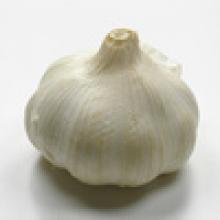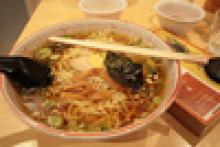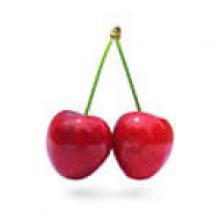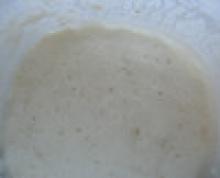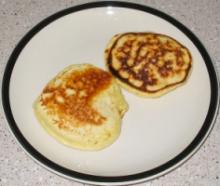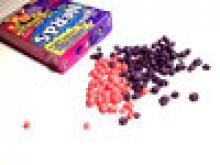The Garlic Press: Good or Evil?
And yet I, like Guardian food blogger Felicity Cloake, have often wondered if I was on the wrong side of the debate all along.
Fundamentally the problem for me is that my knife skills are sloppy, and my patience is lacking. And I use a lot of garlic! If I have to process five cloves of garlic, I can do it in a garlic press in a tenth the time it would take me to mince them by hand.
(Let us not even discuss the pre-minced garlic that comes in a glass jar. It is a disgusting abomination, and I won't have it in my house.)
Cloake did some research and provides quotes from experts on the issue. Frankly, a lot of it sounds like your typical woo-woo kitchen bull**** pseudoscience. Many of them claim that using a garlic press spoils the taste. I am skeptical of any claim like this, considering how easy it is to fool the tastebuds of supposed wine connoisseurs.
One of the quotes had an interesting point, which is that crushing it releases the juice more than mincing does. Apparently a lot of people do this on purpose, and throw away the juice, thinking that it will make the garlic more mild. I had noticed that more juice comes out when you use a press, so I am careful to always press the garlic over the pot. I like garlic a lot, and I don't want to lose the juice! But for people who are pressing the garlic as a separate step, I agree that you don't want to lose that delicious garlic juice.
Mad props to Cloake for taking the time and having the intellectual curiosity (and rigor) to actually run some tests on this. She first sat down and practiced her knife techniques, which is definitely something that I should do anyway. (Meh.)
She then ran through a series of recipes, making one version with crushed garlic, and one with minced. I note that she used an interesting technique for the minced garlic, "adding coarse salt as an abrasive and squishing it all with the blade to give a puréed effect." I will definitely have to try this, because her side by side photograph of crushed vs minced garlic looks just lovely!
Her results in general were that crushed garlic had a stronger garlicky flavor. Which frankly I take as a recommendation for the press! She concluded that the press is better when you specifically need the juice from the garlic (as in salad dressing) or if you really want a harsher flavor. But she also confirms that the press is more wasteful, noting that "presses are more wasteful than I'd imagined - there was always noticeably less in the pressed pile."
I guess it's time for me to practice mincing garlic!
Creative Commons-licensed image courtesy of Flickr user funadium
